- La Maison-Forestière (Argonne) 28 mai 1915, 13,4x21,3cm, 4 pp. sur un feuillet double. - One of the most magnificent letters by Fernand Léger La Maison-Forestière (Argonne) 28 mai 1915, 13,4 x 21,3 cm, loose leaves A fabulous handwritten letter by the painter Fernand Léger, written on the front line during the Battle of Argonne, addressed to the Parisian art trader Adolphe Basler. 92 lines in black ink, four pages on a double leaf, dated 28 May 1915 by Léger. The handwritten letter is presented with a half forest green morocco chemise, green paper boards with a stylised motif, endpapers lined with green lamb, slip case lined with the same morocco, the piece is signed by Goy & Vilaine. The letter was chosen for Cécile Guilbert's anthology, Les Plus Belles Lettres manuscrites de Voltaire à Édith Piaf, Robert Laffont, 2014. A true masterpiece of correspondence, this exceptional missive by Fernand Léger shows that the experience of the trenches is of fundamental importance to his future work. Sent to the Engineering troops in 1914, Léger spent two years on the front at Argonne, in the Maison-Forestière section, from where he writes this letter on 28 May 1915, "pendant que les obus [lui] passent au-dessus de la tête," "while shells were passing over his head." In complete freedom of tone and form, the Célinian charm of this style is a surprise and is a sign of the "mécanique," "mechanical" period of his post-war painting. Through his letter we witness his political conscience awakening to contact with the men he has met on the front line, whose merit and bravery made their mark on the painter. His particularly clear analysis of the inhumanity of the war gives this missive a place amongst the most beautiful combat letters of the first World War. Fernand Léger is replying to Adolphe Basler, a Polish art critic, who was Guillaume Apollinaire's secretary and a trader of paintings. Basler probably met Léger around 1910, since he was a member of the "bande à Picasso," "Picasso's gang" and was strongly influenced by Cubism alongside Derain, Maurice de Vlaminck and Max Jacob. Trying his hand at monochrome and then at abstraction, Léger applies the principles of form decomposition and perspective distortion. His work with Cubists becomes premonitory of the pending apocalypse. Some years later, this Cubist vocabulary in fact becomes, for Léger, the perfect illustration of the war, which he describes to Basler: "It is linear and abrupt like a geometry problem. So many shells, for such a long time, on such a surface, so many men every metre, ready to go at any given time." More than ever the Cubist innovation allowed the contemporary world to be translated, swaying between rationalism and chaos. Contact with the trenches causes a real upheaval, both intellectual and artistic, for the painter. As Blaise Cendrars comments, "It was at war that Fernand Léger had a sudden revelation of the depth of today.". Léger tell Basler of his vision of an industrial, inhumane and depersonalised war: "The wavering is over. It is a war without 'waste.' Everything goes. Everything is organised for maximum return. This war is the perfect orchestration of the all methods of killing, old and new. It is intelligent through and through. It is even annoying, there is nothing left that is unexpected." Léger's pertinent analysis was reflected in his post-war canvases by very calculated and balanced aesthetics, a "rendement pictural," "painting output," of the image of the modern war in which he took part. For Léger, the Cubist lesson is accompanied by a deep reflection of modernity and "the modern men," that he wishes to represent in his painting. The letter shows the gestation of his post-war painting style, keeping the Cubist elements while making his canvases more vibrant with color and patterns taken from his time in the trenches. In fact, Léger gives Adolphe Basler a glimpse of his famous "période mécanique," "mechanical period," in the 1920s, of which the p
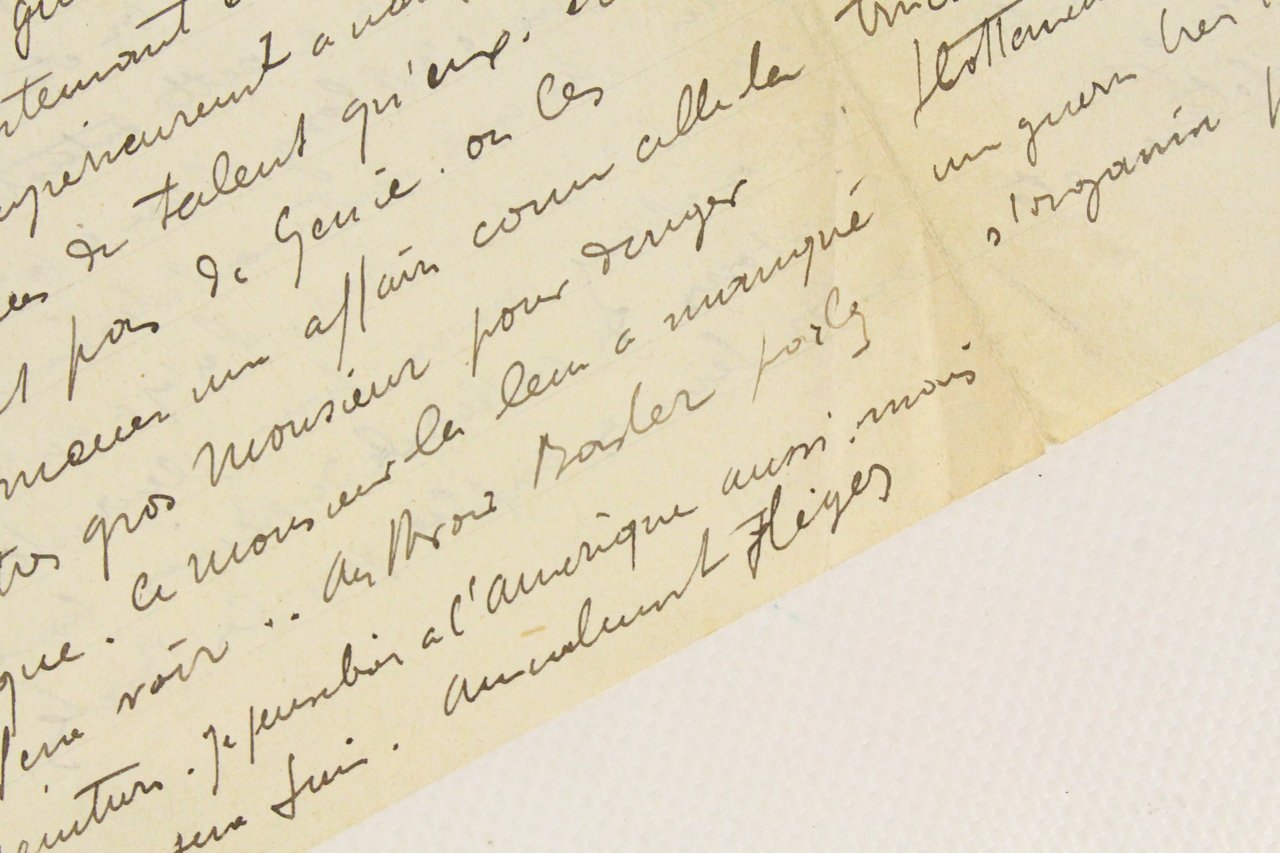
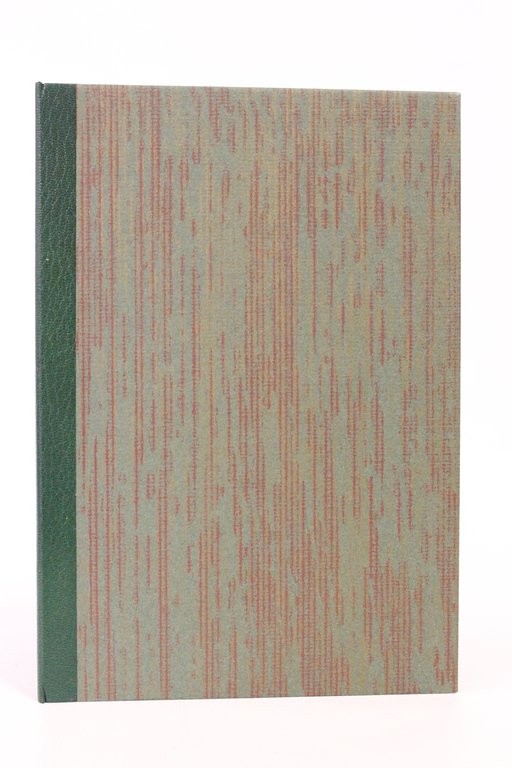
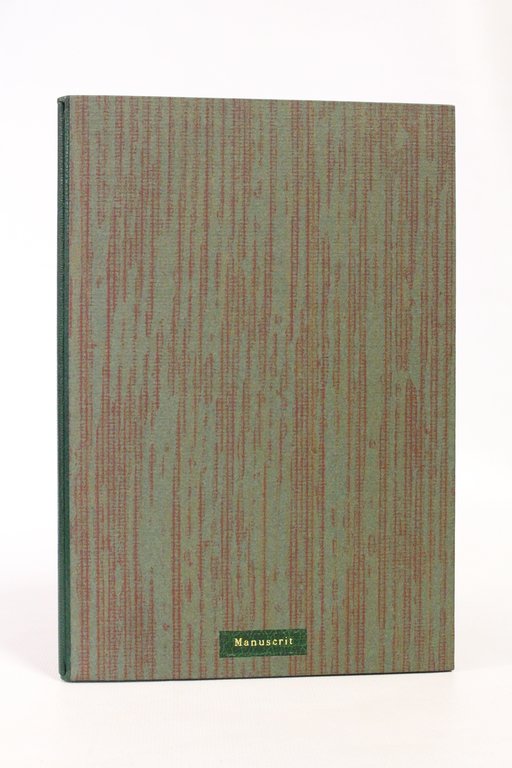

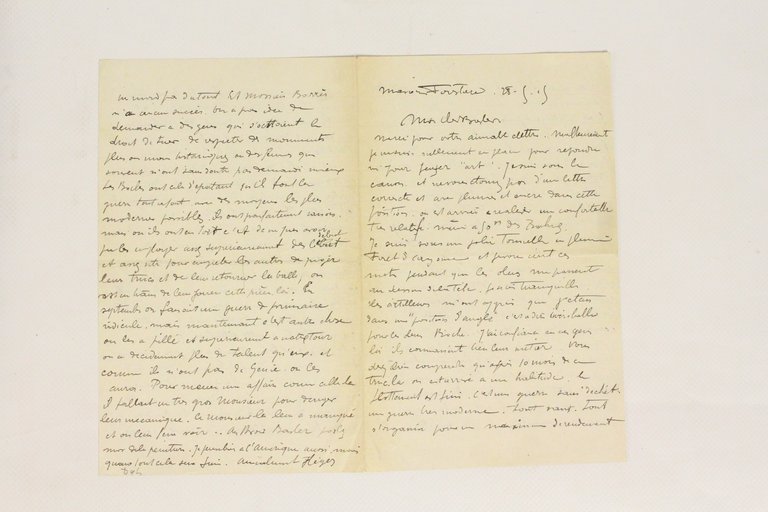
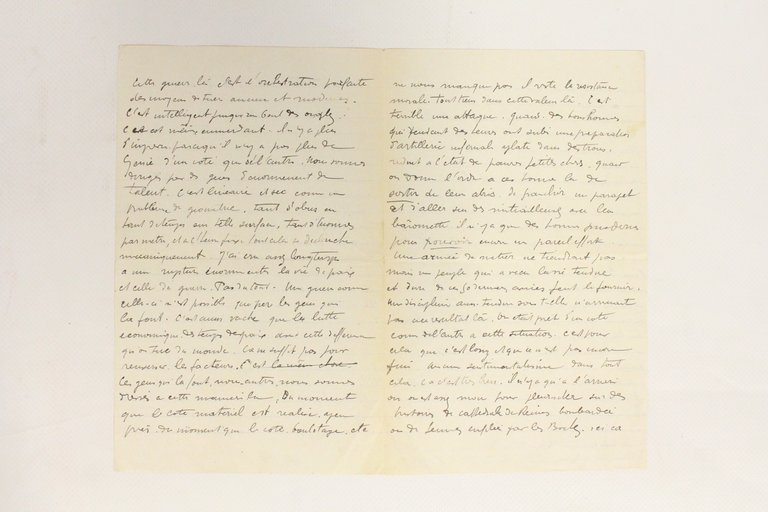
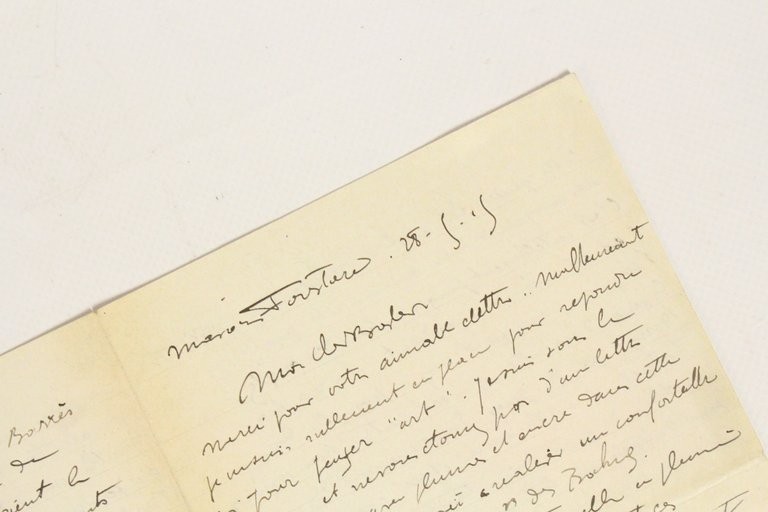
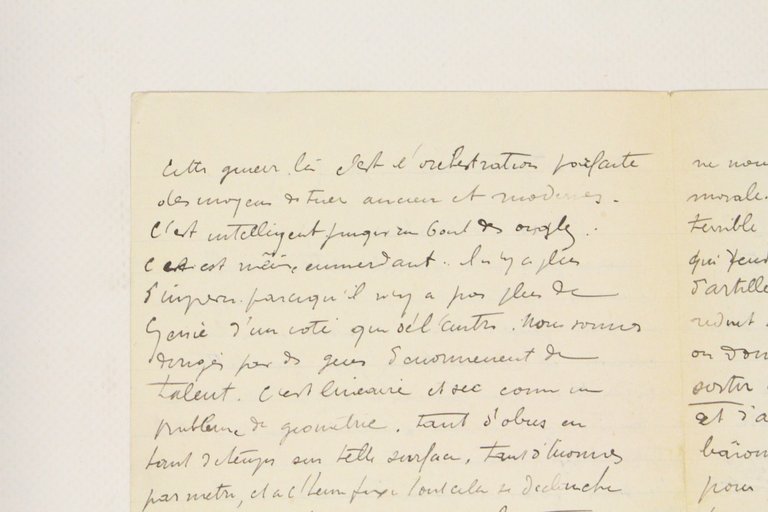
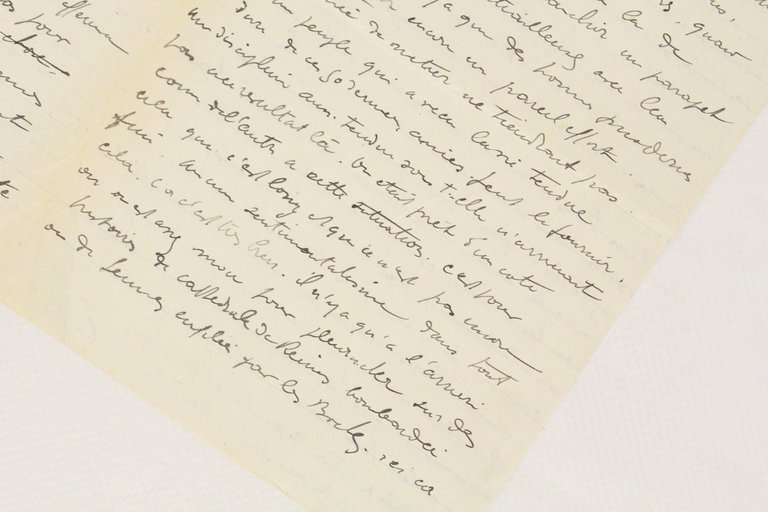
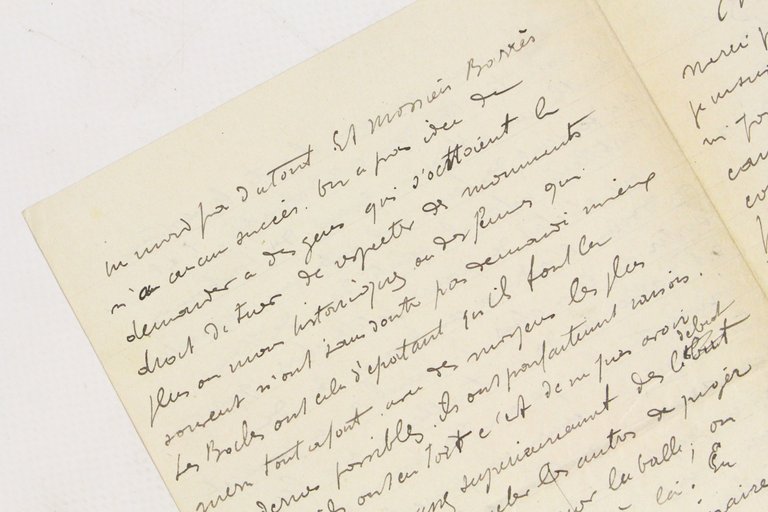
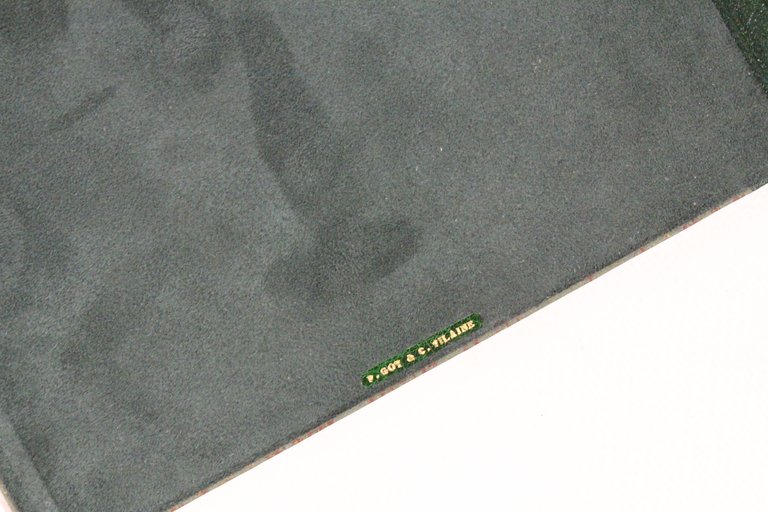
Découvrez comment utiliser
Découvrez comment utiliser
